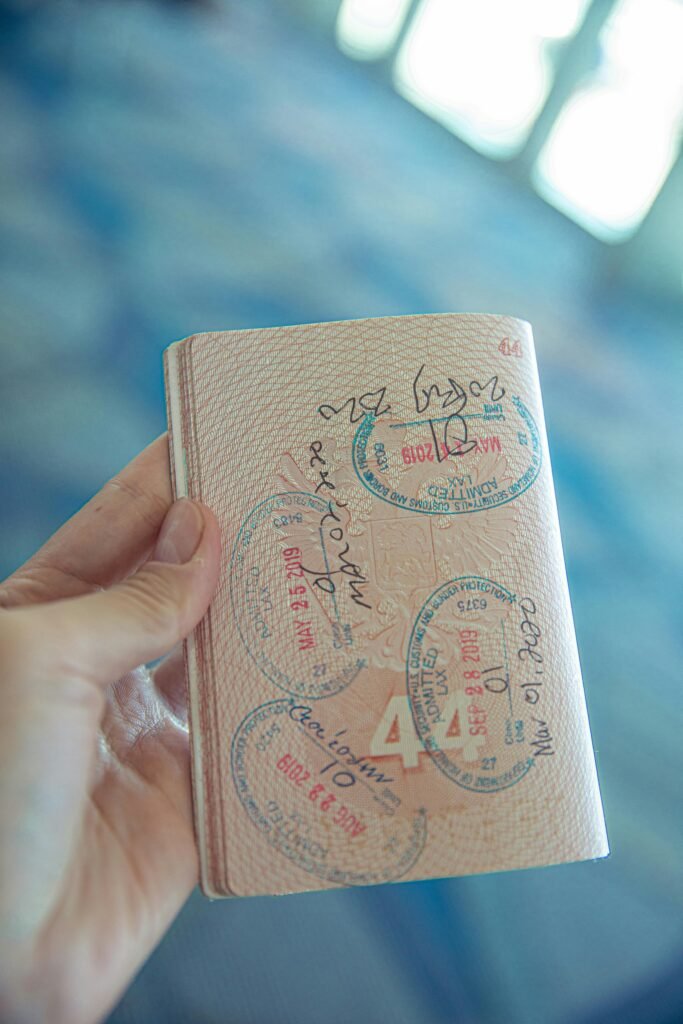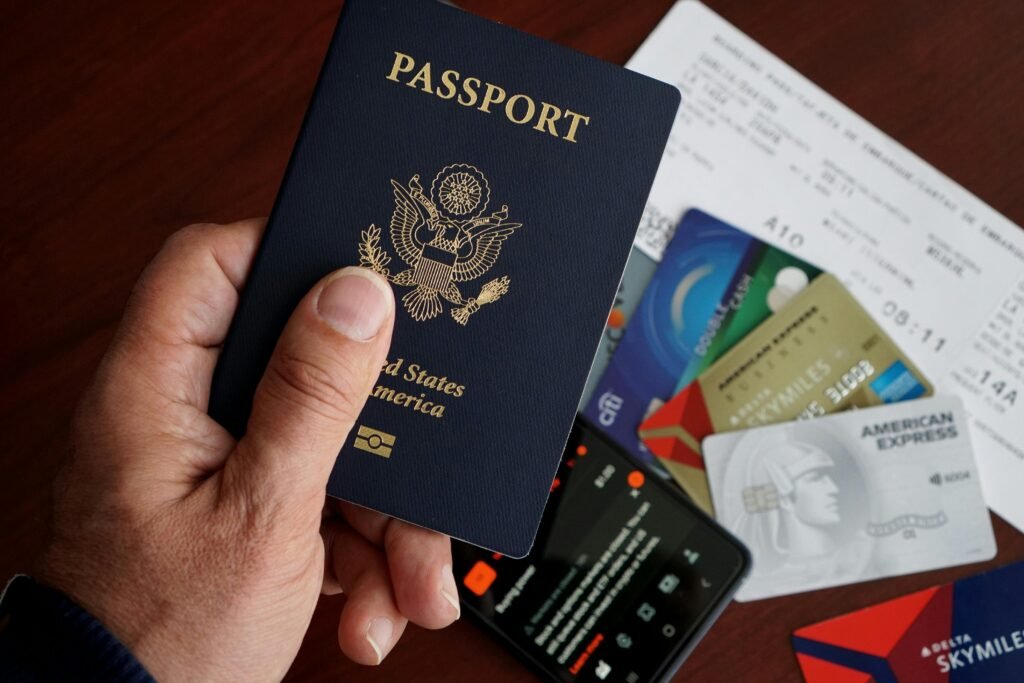Dreaming of sipping espresso in Rome or exploring the canals of Venice, but stuck waiting for your Italian visa?
You’re definitely not alone in this frustrating situation!
Recent reports from Italian consulates worldwide show that visa processing times have stretched to an average of 45-60 days, with some applications taking up to 90 days – that’s nearly double the standard processing time.
After working with hundreds of Italy-bound travelers over the past few years, I’ve discovered some insider tips about visa processing delays for
Let me share everything I’ve learned about tackling these delays head-on.
Understanding Current Italy Visa Processing Delays in 2025
Okay, let’s get real about what’s happening with Italian visa processing right now. The situation is pretty complex.
First off, Italy’s consulates are dealing with a perfect storm of issues.
Post-pandemic recovery has been slower than expected, and many consulates are still operating with reduced staff.
I’ve spoken with consulate officers who tell me they’re processing 30% more applications than before COVID, but with 20% fewer staff members.
That math just doesn’t work out well for applicants.
Tourist visas that used to take 15 days are now averaging 35-45 days. Student visas? We’re talking 60-75 days on average. Work visas are the worst – some are taking up to 120 days, especially if you need additional documentation from Italian authorities.
What’s really frustrating is that processing times vary wildly depending on where you’re applying. The Italian consulate in New York is moving faster than the one in Los Angeles, which is backed up for months. Meanwhile, smaller consulates in places like Denver or Miami might process your application quicker simply because they have fewer applications to handle.
I’ve noticed that certain visa types are getting hit harder than others. Family reunification visas are experiencing the longest delays because they require extensive documentation review. Tourist visas are moving somewhat faster, but even those are taking twice as long as they should.
The Italian government has acknowledged these delays publicly, which is both good and bad news.
Good because they’re being transparent about the issues.
Bad because it means the problems are significant enough that they can’t ignore them anymore.
Common Causes of Italy Visa Processing Delays
Let me tell you about the main culprits behind these delays, because understanding them can help you avoid making things worse.
Documentation issues are probably the biggest problem I see.
Italy is notoriously picky about paperwork, and I mean REALLY picky.
One missing apostille stamp or an incorrectly formatted bank statement can send your application to the back of the line.
Then there’s the whole administrative processing nightmare.
This is basically when your application gets flagged for additional review, which can happen for seemingly random reasons. Maybe you visited certain countries in the past, or your employment history looks unusual to the reviewing officer.
There’s no real way to predict it, which makes it incredibly frustrating.
Appointment availability is another huge issue. Many consulates are booking visa appointments 4-6 weeks out, which means your processing time doesn’t even start until you actually submit your documents.
Peak season timing makes everything worse too. If you’re applying between April and September, you’re competing with millions of other people who want to visit Italy during the nice weather.
How to Check Your Italy Visa Application Status
Tracking your Italian visa application can feel like trying to solve a mystery with half the clues missing. But I’ve figured out some reliable ways to stay on top of your application status.
The official VFS Global website is your best friend here.
Most Italian consulates use VFS for application processing, and their tracking system is actually pretty decent once you know how to use it.
You’ll need your reference number and passport number to log in. Check it regularly, but don’t obsess over it – updates might only happen once or twice a week.
Here’s something most people don’t know: the status descriptions on the VFS website are often vague and confusing.
“Under Review” could mean anything from initial document check to final approval preparation. “Processing” might indicate your application is sitting in a queue or actively being reviewed.
If you applied through a consulate that doesn’t use VFS, you’ll need to contact them directly.
Email inquiries can work, but consulates typically only respond to status requests if your application is significantly past the normal processing time.
They get hundreds of “where is my visa” emails daily, so they’re pretty selective about which ones they answer.
Some consulates offer SMS notifications for status updates. If this option is available, definitely sign up for it. It’s much more convenient than constantly checking websites or calling.
Proven Strategies to Speed Up Your Italy Visa Application
Alright, this is where I share the good stuff – the strategies that actually work to speed up your Italian visa processing.
First, apply during off-peak times if possible. I know this isn’t always feasible, but if you can submit your application between October and March, you’ll likely see faster processing. Click here to know how to apply for Italy visa.
Premium processing services are available at some Italian consulates, though they don’t advertise this widely. For an additional fee (usually $50-100), you can get expedited processing that cuts your wait time in half.
Document preparation is absolutely crucial. I cannot stress this enough – get everything perfect the first time. Use a checklist, double-check every requirement, and have someone else review your documents before submission.
Here’s a pro tip: if you’re applying for a tourist visa, book fully refundable accommodations and flights. This shows genuine travel intent without the financial risk if your visa is delayed.
Follow up strategically. Don’t bombard the consulate with daily calls, but don’t be afraid to inquire if your application is well past the normal processing time. Be polite but persistent.
When to Contact the Italian Consulate Directly
Timing is everything when it comes to contacting the consulate about your application. Contact too early, and you’ll get a standard “please wait” response. Contact too late, and you might miss opportunities to resolve issues quickly.
The general rule is to wait until your application has been processing for at least 30 days beyond the stated processing time. So if they say 15 days and it’s been 45 days, that’s when you should start making inquiries.
When you do contact them, be specific about your situation. Don’t just say “where is my visa?” Instead, say something like “I submitted my tourist visa application on [date] with reference number [number]. The stated processing time was 15 days, and it’s now been 45 days. Can you provide an update on the status?”
Email is usually better than phone calls for initial inquiries. Consulate staff can respond when convenient, and you’ll have a written record of the communication. Always include your full name, passport number, and application reference number in your email.
If your travel date is approaching and you still don’t have your visa, mention this in your communication. Sometimes consulates can expedite processing for urgent travel, especially if you have compelling reasons like medical emergencies or important business meetings.
Document everything. Keep records of all your communications with the consulate, including dates, times, and what was discussed. This can be helpful if you need to escalate your case or file a complaint later.
Emergency Processing Options for Italy Visas
Sometimes you need your Italian visa urgently, and there are options available – though they’re not always well-publicized.
Most Italian consulates offer emergency processing for truly urgent situations. This includes medical emergencies, death in the family, or critical business travel. You’ll need to provide documentation proving the emergency, and there’s usually an additional fee involved.
The emergency processing fee typically ranges from $100-300, depending on the consulate and the urgency of your situation. Your application can be processed in 24-48 hours in genuine emergencies, but the definition of “emergency” is pretty strict.
Business travelers have some additional options. If you’re traveling for an important business meeting or conference, your Italian business partner can sometimes request expedited processing through their local authorities. This process is called “nulla osta” and can significantly speed up your visa approval.
For medical emergencies, you’ll need documentation from doctors explaining why immediate travel is necessary. The consulate will want to see medical records, treatment plans, or other evidence that your travel is truly urgent.
Sometimes, if your situation doesn’t qualify for emergency processing, you can still get priority handling by demonstrating compelling reasons for your travel. This might include job interviews, important family events, or educational opportunities with strict deadlines.
Alternative Solutions During Long Processing Times
While you’re waiting for your Italian visa, there are some creative solutions that might help you work around the delays.
If you’re planning tourist travel, consider visiting other Schengen countries first. Once you have a Schengen visa (click here to know all about Schengen visa) from another country, you can travel to Italy without a separate Italian visa. Countries like Germany or France sometimes have faster processing times than Italy.
Travel insurance becomes even more important during these delays. Make sure your policy covers trip cancellation due to visa delays. Many people don’t realize this is usually covered under standard travel insurance policies.
For business travelers, virtual meetings might be a temporary solution while waiting for your visa. It’s not ideal, but it can help maintain business relationships and progress while you wait for approval.
Students facing enrollment deadlines should communicate with their Italian universities immediately. Many institutions understand the current visa delays and may offer deferrals or remote learning options for the first part of the semester.
Consider alternative travel dates if possible. Sometimes shifting your travel by a few weeks can align with faster processing periods or allow you to apply during less busy times.
Tips for Future Italy Visa Applications
Let me share some long-term strategies that will help you avoid delays in future Italian visa applications.
Start your application process much earlier than you think you need to.
The old rule of applying 3-4 weeks before travel is outdated.
Now, I recommend starting the process at least 8-12 weeks before your planned departure, especially during peak season.
Build relationships with your local Italian consulate.
This might sound weird, but attending cultural events or information sessions can help you understand their processes better and sometimes provide networking opportunities that prove helpful later.



